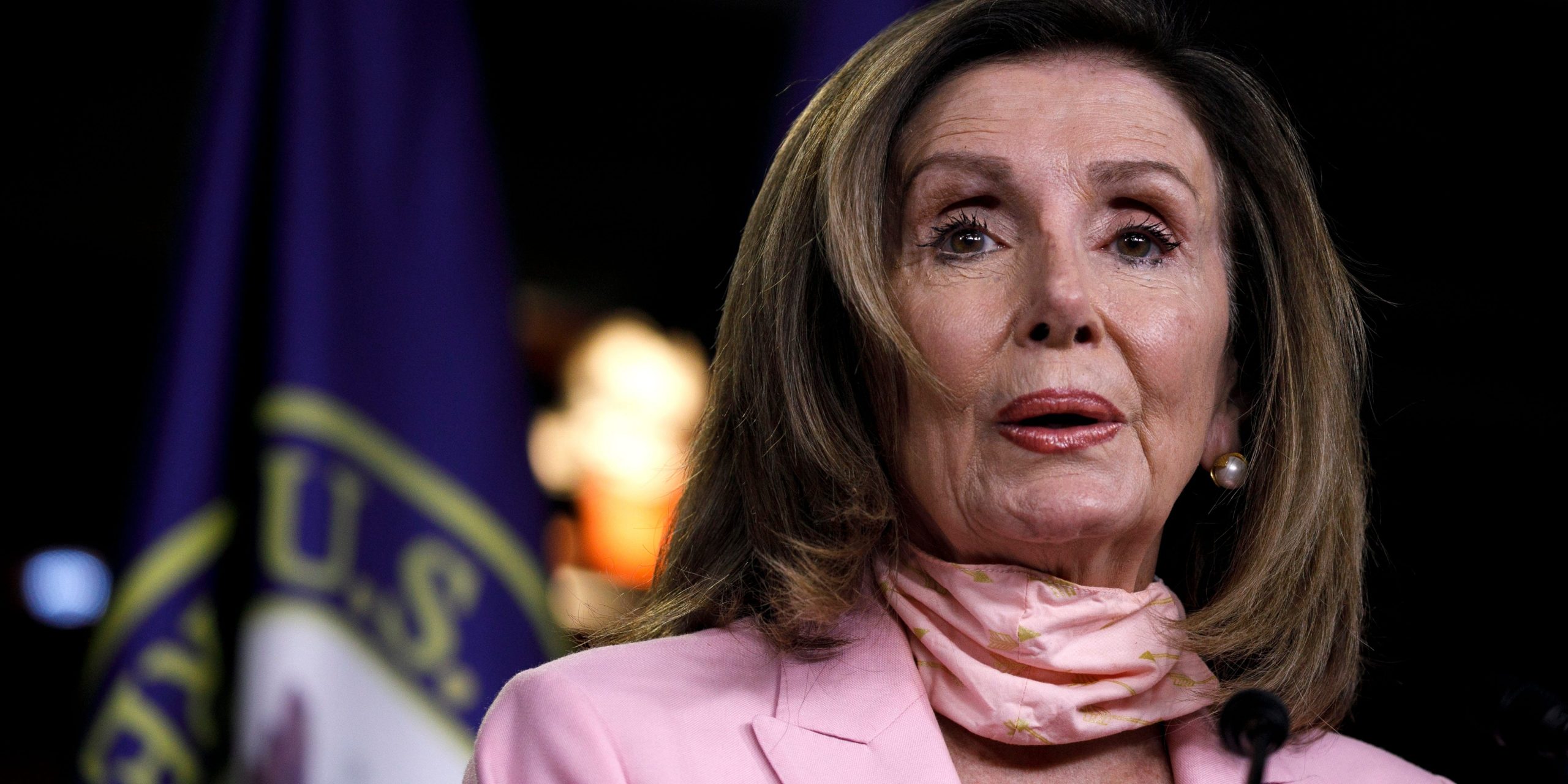- House Speaker Nancy Pelosi said Democrats were pushing to keep the $600 federal unemployment benefit while the jobless rate is high.
- “If the unemployment goes down, then that number can go down,” Pelosi told CNN on Monday.
- Economists call the measure a “stabilizer” that would tie emergency federal spending to the state of the economy.
- The unemployment rate stood at 11.1% in June.
- Visit Business Insider’s homepage for more stories.
House Speaker Nancy Pelosi said on Monday that Democrats would seek to maintain federal unemployment benefits at $600 per week while the jobless rate remains high.
During a CNN interview, Pelosi said Democrats were open to tying the bulked-up benefit to the unemployment rate, then reducing it as more people get hired and return to work.
When asked whether she was open to negotiating a lower amount, she said: “I think that the number, the $600, is related more to the unemployment rate. If the unemployment goes down, then that number can go down.”
House Speaker Nancy Pelosi says Democrats are not willing to negotiate on the $600 unemployment benefit figure: "A building is on fire and they are deciding how much water they want to have in the bucket. ... Millions of people could have fallen into poverty without this $600" pic.twitter.com/QIlO6jpKwi
— CNN Politics (@CNNPolitics) August 3, 2020
Rep. Steny Hoyer, the No. 2 Democrat in the House, said early last week that it wasn't "$600 or bust" for Democrats, suggesting there was space for a compromise with Republicans. Democrats are seeking to extend the $600 federal benefit through January.
Pelosi, however, said the US was in the middle of a national emergency that could be mitigated by unemployed people receiving an enhanced payout from the federal government. Congress initially approved the payments in March, but they expired on Friday.
"A building is on fire, and they are deciding how much water they want to have in the bucket," Pelosi said. "This is very important - millions of people could have fallen into poverty without this $600."
The unemployment rate stood at 11.1% in June, a level higher than at any point during the Great Recession.
On Sunday, Pelosi indicated that Democrats could consider reducing the federal benefit amount as the unemployment rate decreases and the economy recovers. Economists call that measure an "automatic stabilizer."
Its proponents say that stabilizers put federal aid such as boosted unemployment payments on autopilot, kicking in when the economy craters and adding a lifeline for struggling people. They also say it would remove time-consuming political brawls from the equation.
Senate Minority Leader Chuck Schumer and Sen. Ron Wyden of Oregon, both Democrats, unveiled a plan in early July to extend the $600 federal payouts until a state's average unemployment rate over three months dropped below 11%. The benefits would phase out once the jobless rate fell under 6%.
Meanwhile, Republicans are seeking to cut benefits to $200 per week for two months, then transition state benefit systems to a 70% wage-replacement scheme. But some experts have said that could be a logistical nightmare because of the significant strain that state agencies are under.
The Trump administration is weighing whether to take unilateral action on enhanced unemployment insurance and an eviction moratorium, The Washington Post reported on Monday. However, it remains unclear what steps it could take without Congress, which enacted both programs earlier this year.

